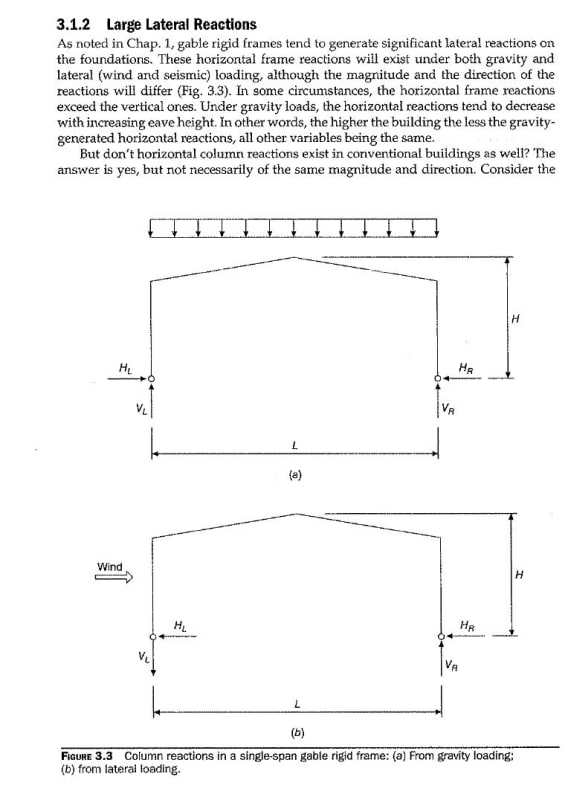prince samson
Structural
- May 18, 2020
- 3
Hey guys,
Iam designing a foundation system for a metal building system, The column reactions will be given by the metal building supplier in future, but to arrive at the size of foundation, I myself calculating the basic column reaction for the metal building by manual hand calculation as per ASCE7-10. Iam using Whirlwind metal building column reaction forces as a go-by. I see this wind load case "LnW1_L2E = Longitudinal Wind, case 1, Wind Left Edge Zone 2E" for which I need the calculation procedure as per ASCE 7. Other load cases such as WL1, WR1, etc., i figured it out. Would be helpful someone can share the entire calculation for all column reactions. Thanks in advance !!! Snap shot attached for easy reference




